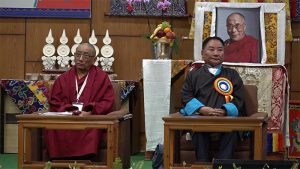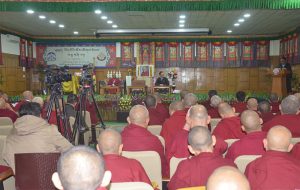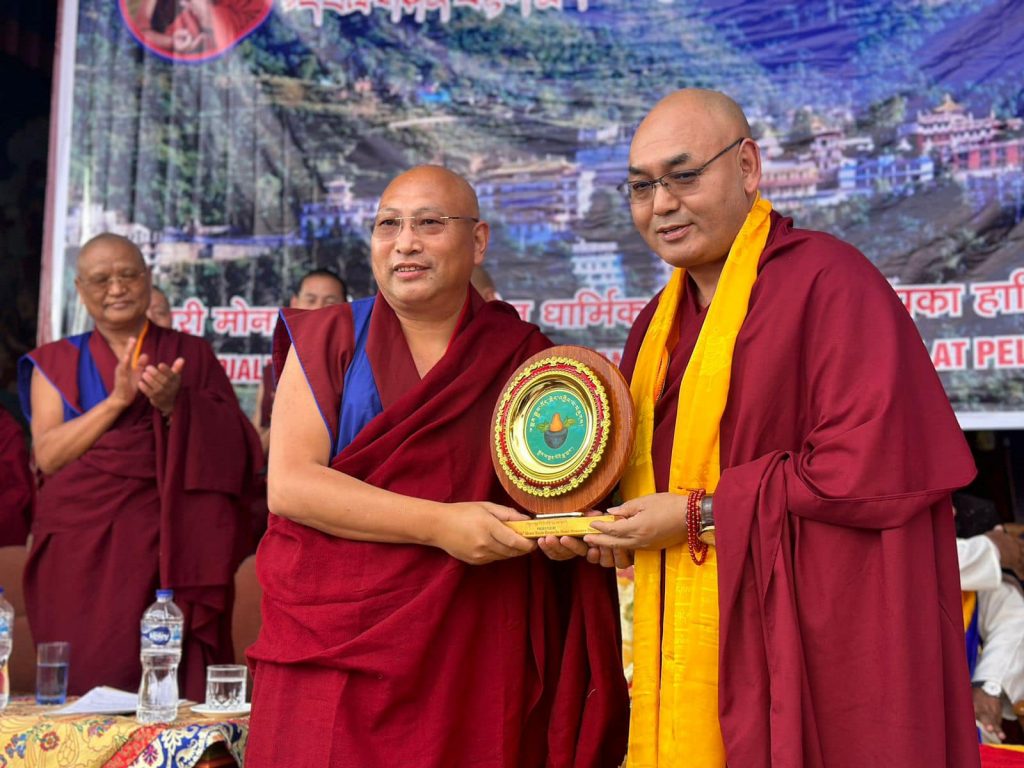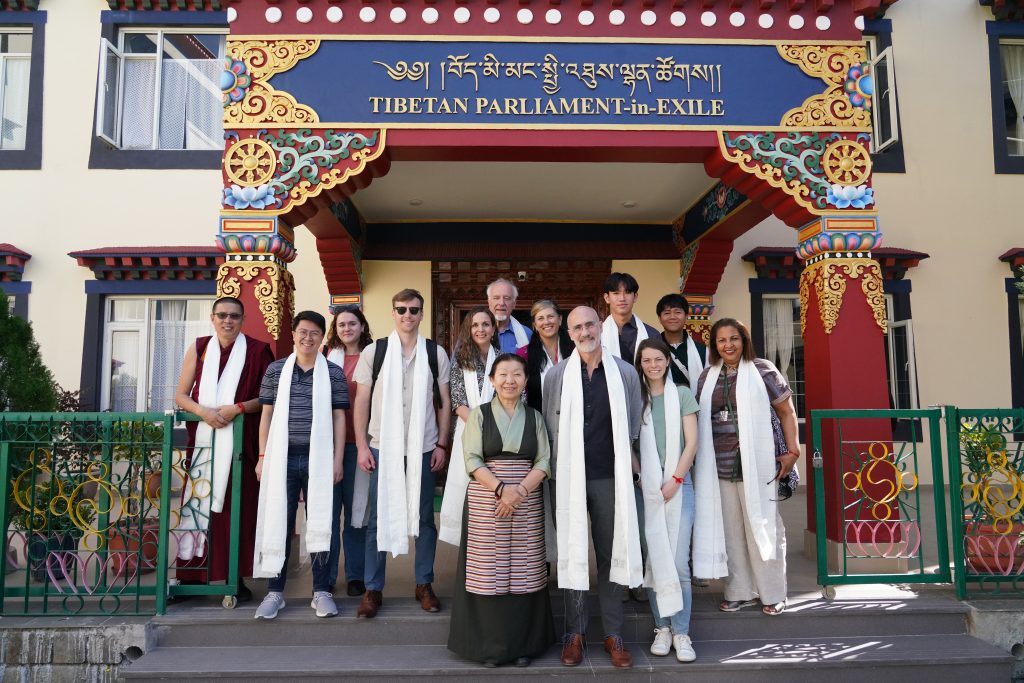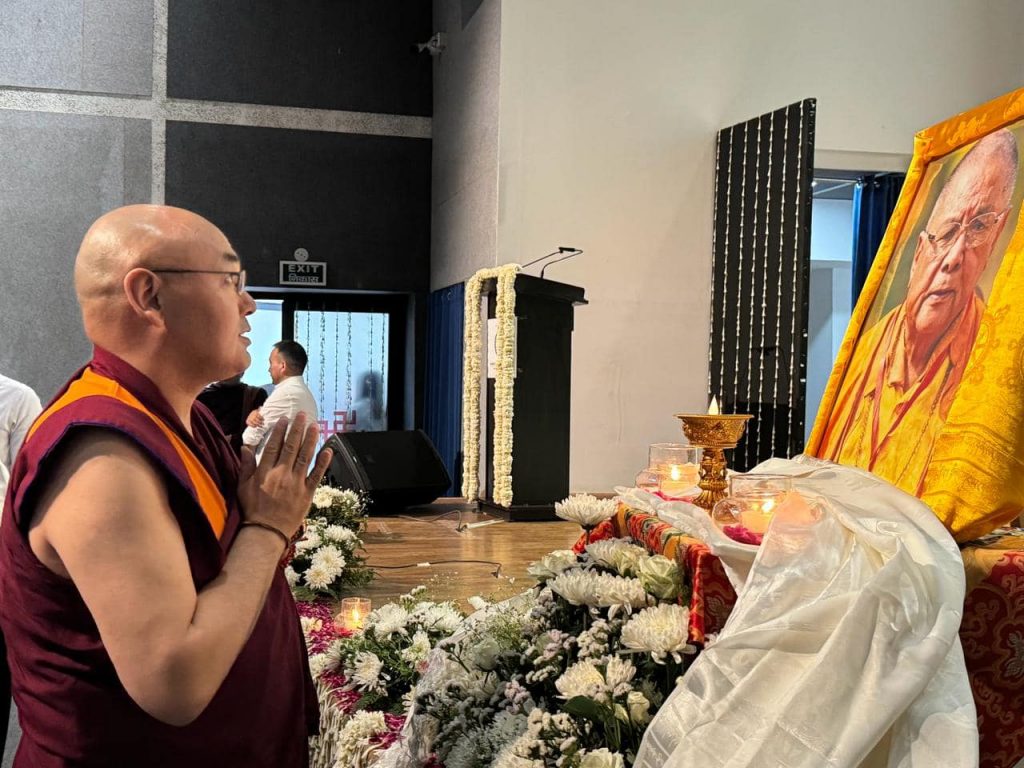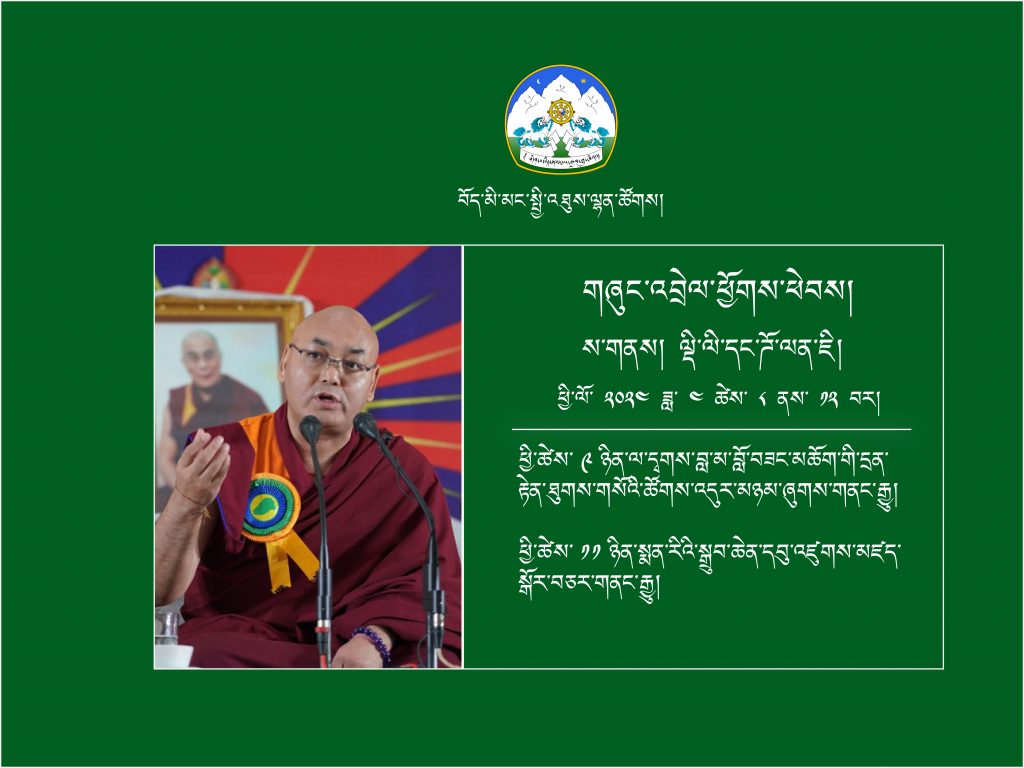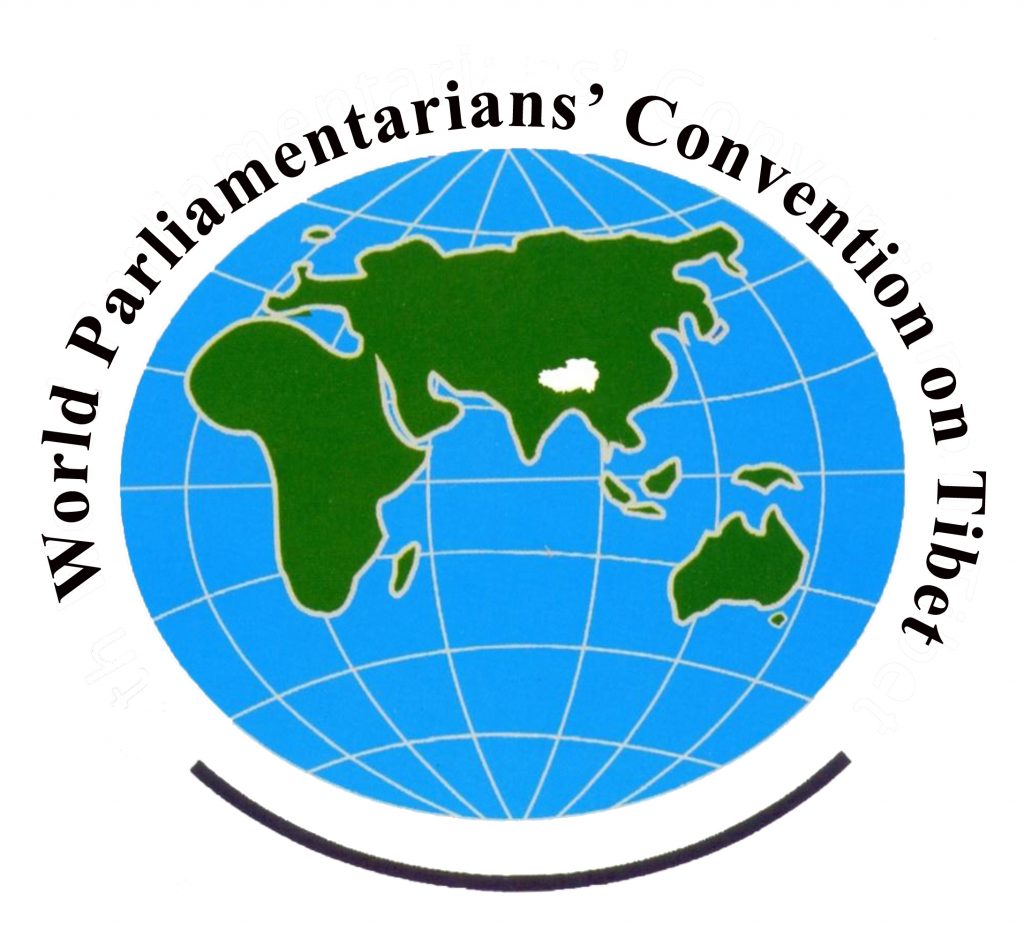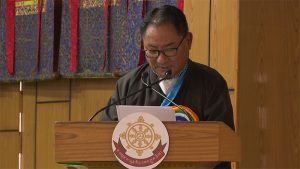
Speaker Pema Jungney of Tibetan Parliament-in-Exile addressing the closing ceremony of the 14th Religious Conference
The supreme Dharma Raja of the three realms, the refuge of all beings including gods of heavenly realm, His Holiness the Great 14th Dalai Lama, I reverently offer my homage to you through body, speech and mind. Today, on the 14th Religious Conference, on behalf of Tibetan Parliament-in-Exile, I respectfully extend my warm greetings to all the attendees: the Lamas and Tülkus representing their Buddhist sects, the representative of the Lamas and Tülkus from the Himalayan belt, the Honorable Minister of Religion and Cultural, and the former ministers, the Rinpoches and abbots from different monastic universities in India, the head Lopöns, the directors, and the representatives from different nunneries and monasteries.
It is only through the blessing and kindness of His Holiness the Dalai Lama that the heads and representatives of respective Buddhist sects, including the high Lamas have been able to come together time and again. It is very fortunate that for the benefit of all the religious sects, and also for the welfare of all sentient beings, the Department of Religion and Culture has a custom of organizing such religious conference. His Holiness the Dalai Lama has always advised all the religious sects to keep their unity, and more importantly, work cooperatively. As a result, unlike any time in our history, all the religious sects, including Bon, have a very cordial relationship and mutual respect among each other. It is a matter of great joy that when it comes for the wellbeing of all sentient beings, particularly for our national cause, there is a great enthusiasm and a sense of unity among all.
Since the first conference held in 1963, there had been 13 Religious Conferences. I believe we are performing on the resolutions that have been passed, specifically on nectar like instructions given by His Holiness the Dalai Lama on these conferences. I have noted some important instructions of His Holiness the Dalai Lama on both the previous and latter conferences:
1. Although politically Tibet have undergone tremendous hardships, but these are not unresolvable. These hardships are not merely political in nature but rather they are religious, as religious freedom being its root cause. The existence of Tibetan Buddhism lies on the collective fate of all Tibetans. With our mind endowed with the great Bodhicitta, on the one hand we are working on political front as a cooperative cause to realize our goal, and on the other, it is extremely important that those having the title of religious heads should work for Tibet’s cause.
2. Buddhism needs to preserve by the masses and not by few learned and accomplished scholars in their remote solitary caves. Therefore, Buddhism needs to be protected, preserved, and spread by wider Tibetan masses.
3. It is impossible for youngsters to have any inclination towards Buddha Dharma if the majority of people who have been parents does not have a semblance of religious mind and fragrance. If our schools do not have considerate religious curriculum, younger generation will face hardships. Hence, it is extremely important to teach the essence of Dharma and its fundamentals to people and especially to children in schools.
4. Since day one when we became refugees, we have given importance on the preservation of Tibetan religion, culture and identity.
5. As environmental protection has become a global responsibility, high Lamas while interacting with Tibetans living inside Tibet, should advise them on taking keen interest in education, health and environmental protection.
6. It would be great if all the religious sects not only uphold unity and faith among each other but also learn the Dharma texts of other religious sects in addition to theirs.
7. Furthermore, on the importance of learning the peerless Nalanda Tradition and so forth, His Holiness the Dalai Lama has given many nectar-like advices. Hence, I urge you all to shoulder responsibility in implementing these valuable advices.
In 2011 His Holiness the Dalai Lama made a recommendation on his reincarnation process at the then Religious Conference. It is a matter of great appreciation that the head of all sects adopted and delivered a written statement supporting the recommendation.
On this 14th Religious Conference, I express my heartfelt gratitude to the participants for adopting the three-point resolutions: Supplicating His Holiness the Dalai Lama for the continuation of the Institution and Reincarnation of the Dalai Lama; the decision concerning the ways and manners in which the next reincarnation should appear solely rests with His Holiness the XIV Dalai Lama himself, and that no government or otherwise will have any decision making authority on this matter; to follow the unique Tibetan traditional method of recognizing the reincarnations of the Dalai Lama, which conforms to the basic philosophy and tenets of Buddhism, and the system which originated in Tibet more than 800 years ago.
Moreover, this Religious Conference adopted a total of 32 resolutions; 14 resolutions on the first agenda, 4 resolutions on the second agenda, 5 resolutions on the third agenda, 7 resolutions on the fourth agenda, and 2 resolutions that were not in the agenda but added just now. I once again urge all of you to implement these resolutions.
Finally, I fervently pray for the long life of His Holiness the Dalai Lama and spontaneous fulfillment of all his noble aspirations. I also pray for long life of the great saints from different religious sects. May their noble activities spread all-over ten directions and the eight cardinal and intermediate directions. May the most long-standing and heartfelt wish of Tibetans for a peaceful resolution of Tibet issue be soon realized.
*In case of any discrepancy between this English translation and its Tibetan original, the latter should be considered as authoritative and final for all purposes.
